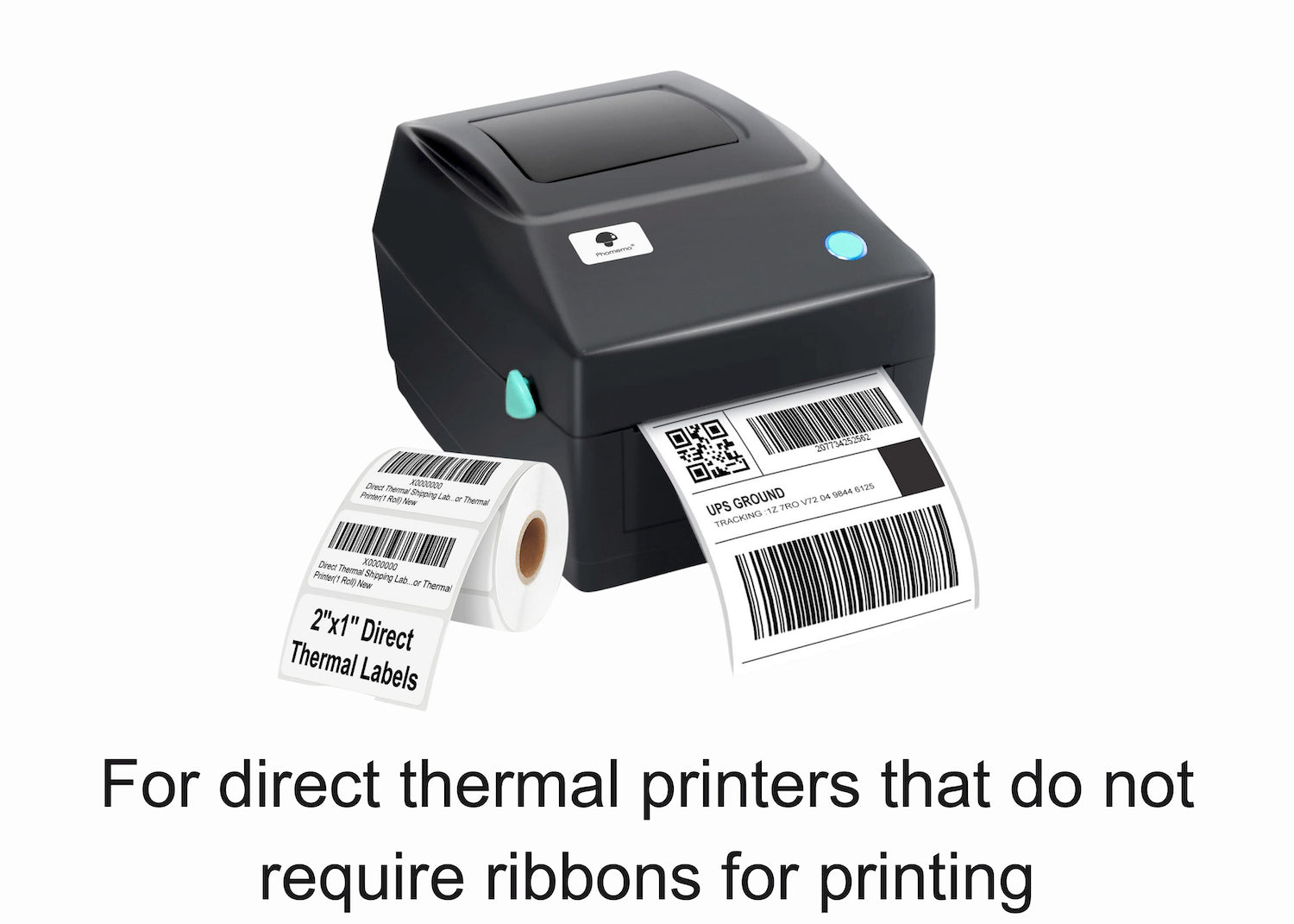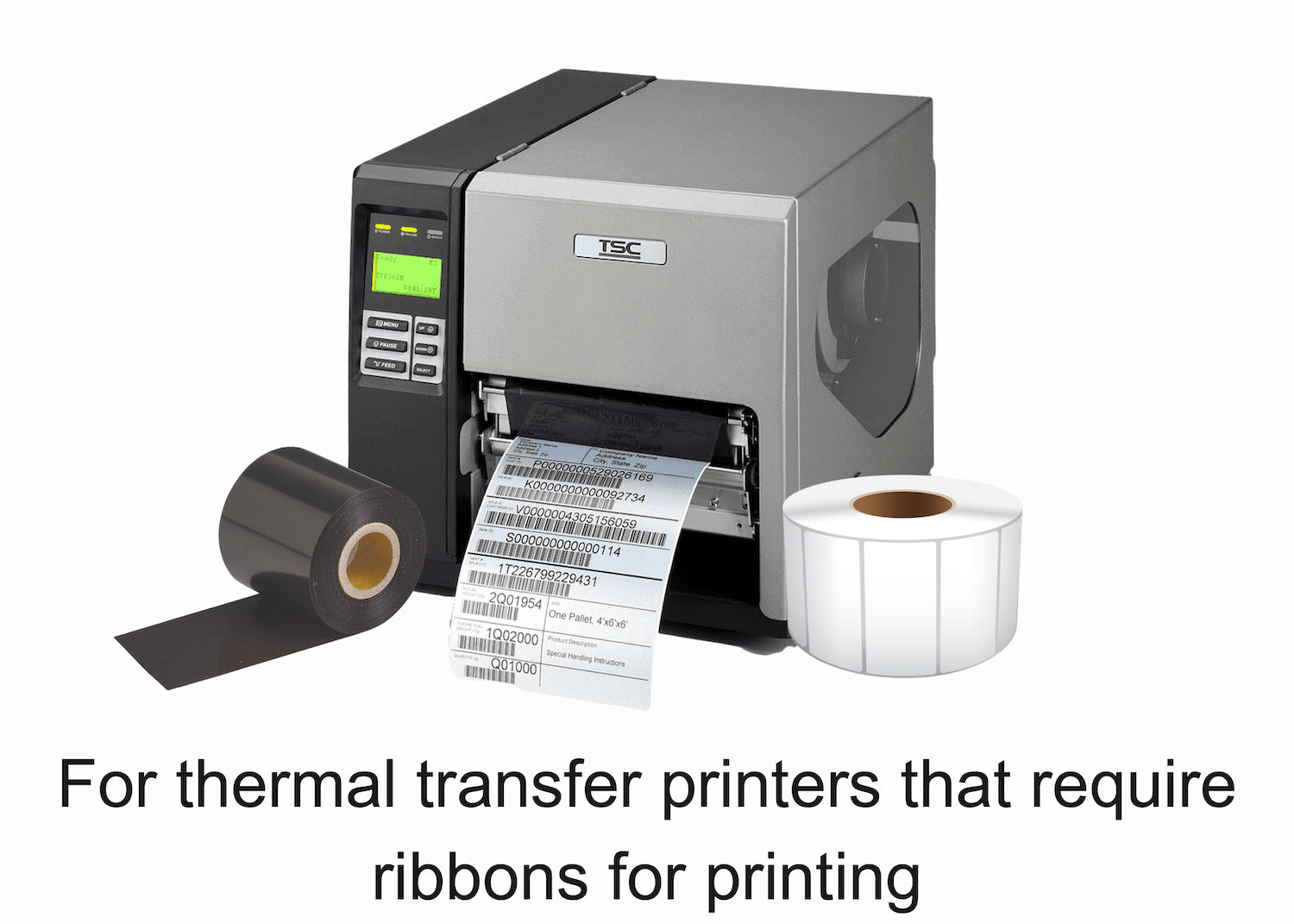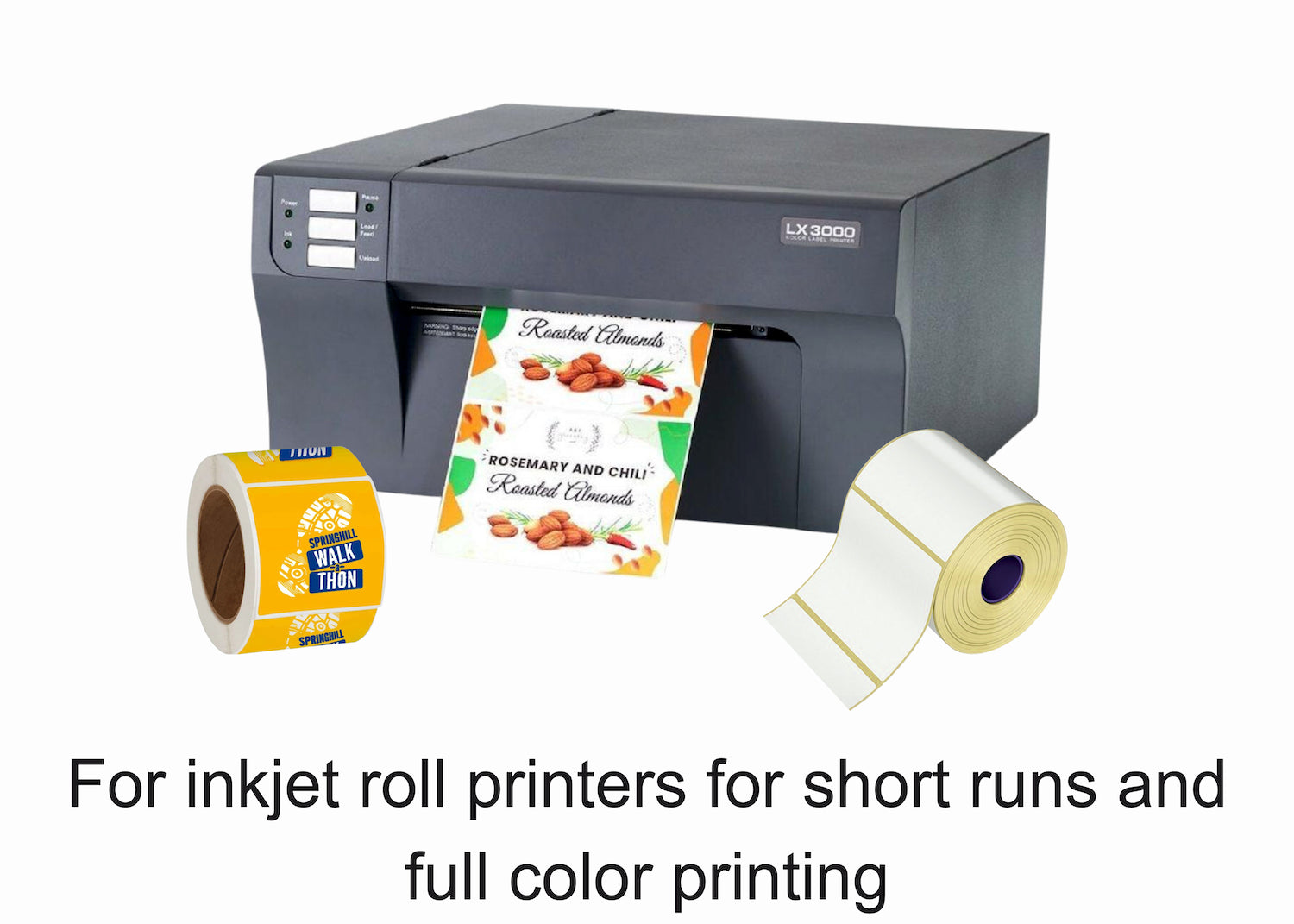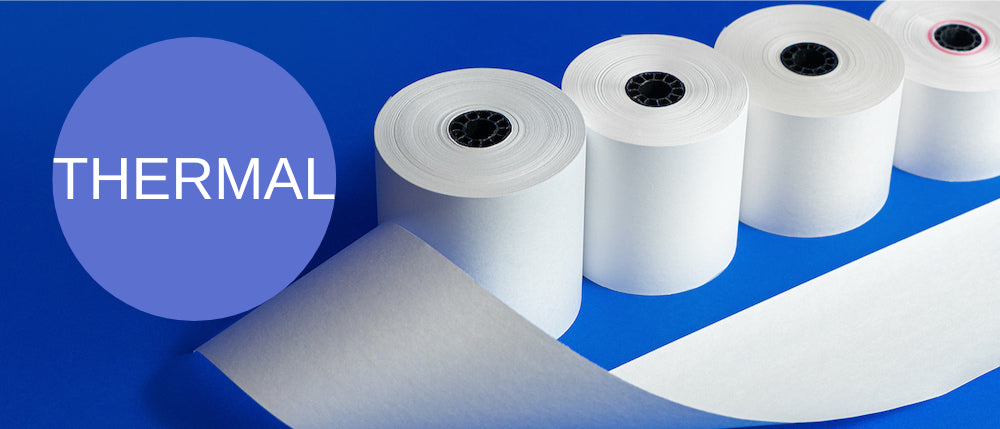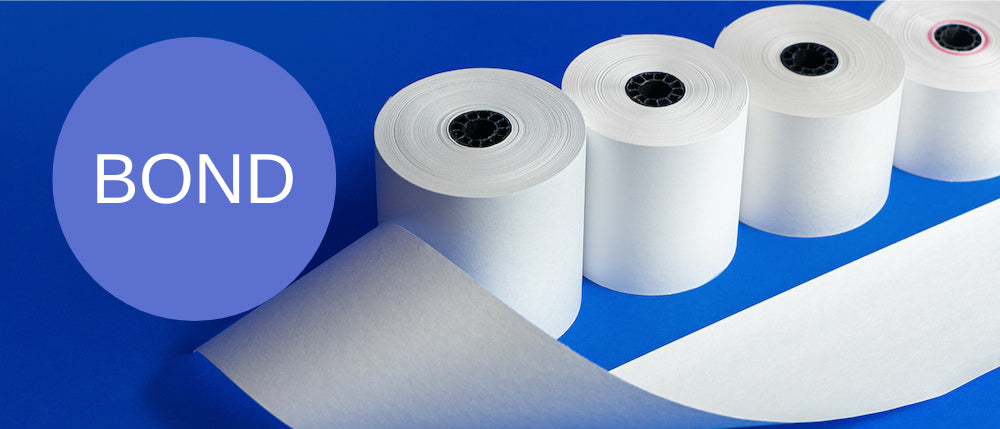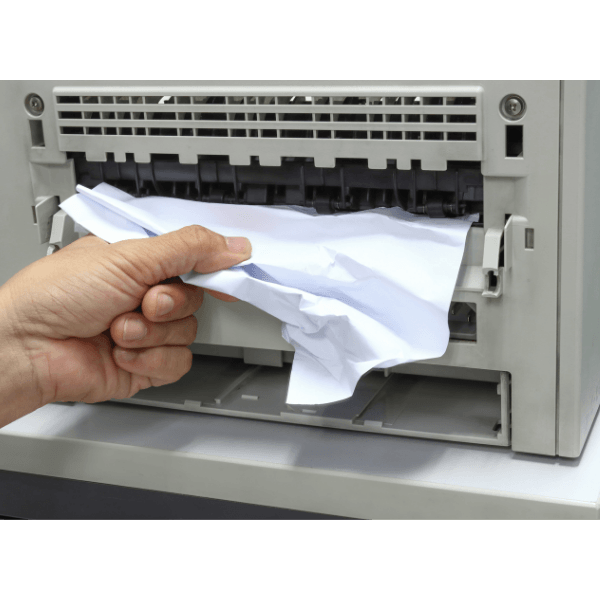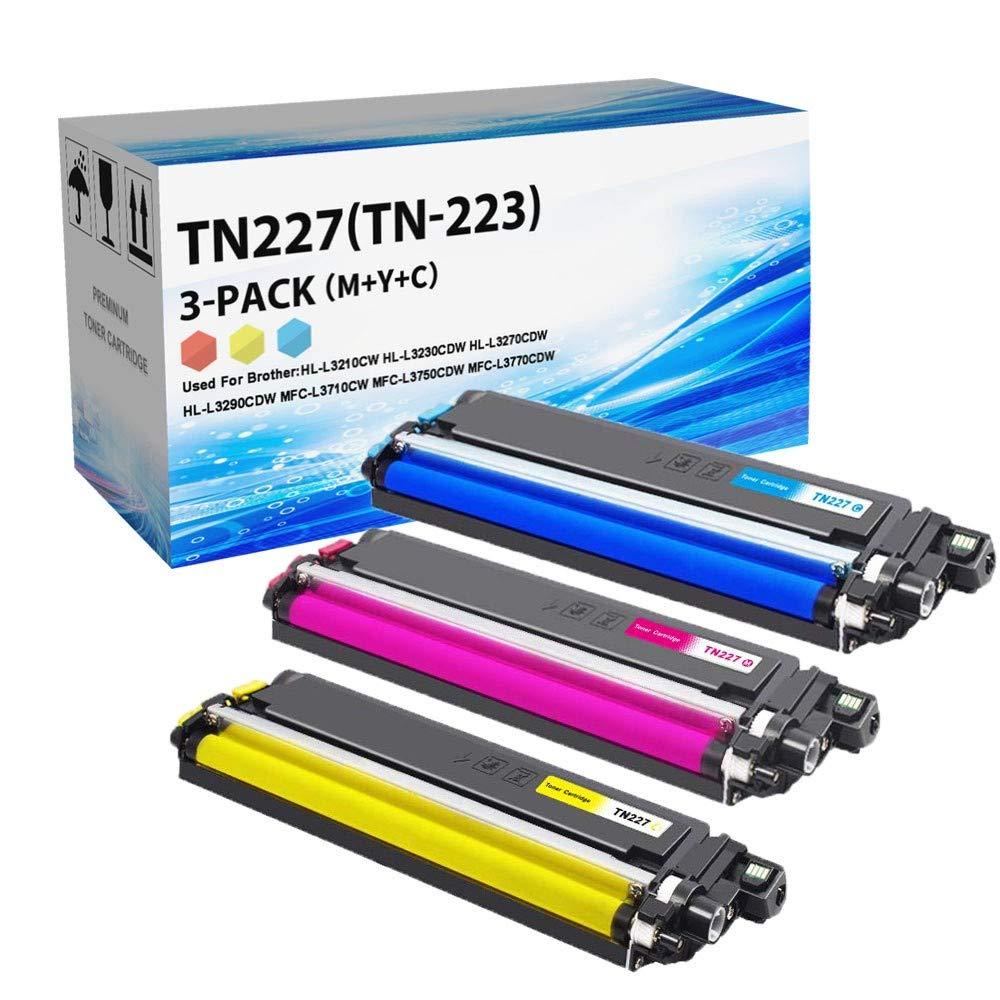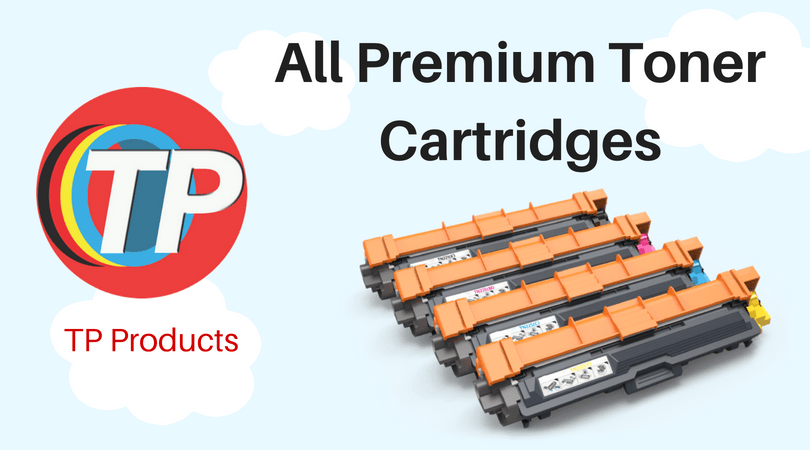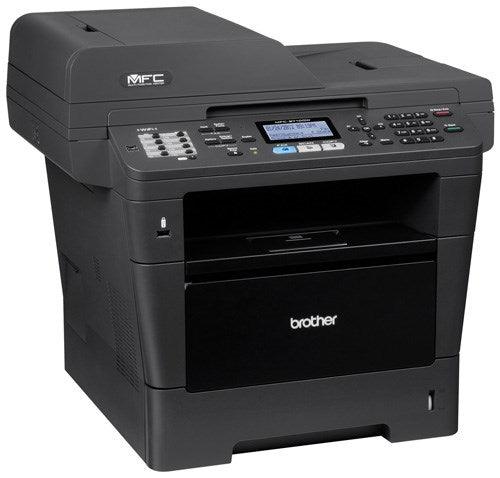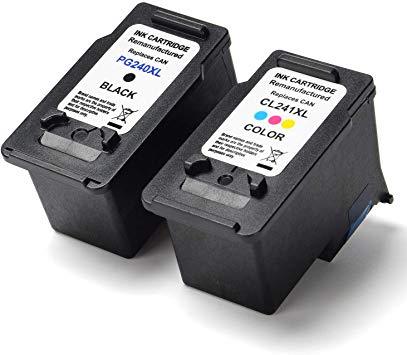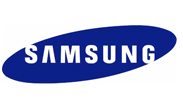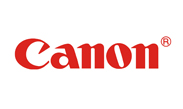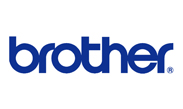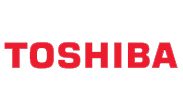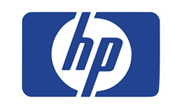How A Laser Printers Works
- News
- 19 Jun, 2018
The term inkjet printeris very descriptive of the process at work -- these printers put an image on paper using tiny jets of ink. The term laser printer, on the other hand, is a bit more mysterious -- how can a laserJet Printers, a highly focused beam of light, write letters and draw pictures on paper?
In this article, we'll unravel the mystery behind the laser printer, tracing a page's path from the characters on your computer screen to printed letters on paper. As it turns out, the laser printing process is based on some very basic scientific principles applied in an exceptionally innovative way.
The Basics: Static Electricity
The primary principle at work in a laser printer Is static electricity, the same energy that makes clothes in the dryer stick together or a lightning travel from a thundercloud to the ground. Static electricity is simply an electrical charge built up on an insulated object, such as a balloon or your body. Since oppositely charged are attracted to each other, objects with opposite static electricity fields cling together.
The path of a piece of paper through a laser printer
A laser printer uses this phenomenon as a sort of "temporary glue." The core component of this system is the photoreceptor, typically a revolving drum or cylinder. This drum assembly is made out of highly photoconductive material that is discharged by light photons.
The basic components of a laser printer
The Basics: Drum
Initially, the drum is given a total positive chargeby the charge corona wire, a wire with an electrical current running through it. (Some printers use a charged rollerinstead of a corona wire, but the principle is the same.) As the drum revolves, the printer shines a tiny laser beam across the surface to discharge certain points. In this way, the laser "draws" the letters and images to be printed as a pattern of electrical charges -- an electrostatic image. The system can also work with the charges reversed -- that is, a positive electrostatic image on a negative background.
The laser “writes on a photoconductive revolving drum.
After the pattern is set, the printer coats the drum with positively charged toner -- a fine, black powder. Since it has a positive charge, the toner clings to the negative discharged areas of the drum, but not to the positively charged "background." This is something like writing on a soda can with glue and then rolling it over some flour: The flour only sticks to the glue-coated part of the can, so you end up with a message written in powder.
With the powder pattern affixed, the drum rolls over a sheet of paper, which is moving along a belt below. Before the paper rolls under the drum, it is given a negative charge by the transfer corona wire(charged roller). This charge is stronger than the negative charge of the electrostatic image, so the paper can pull the toner powder away. Since it is moving at the same speed as the drum, the paper picks up the image pattern exactly. To keep the paper from clinging to the drum, the corona wire discharges it immediately after picking up the toner.
The basic components of a laser printer
Fuser
Finally, the printer passes the paper through the fuser, a pair of heated rollers. As the paper passes through these rollers, the loose toner powder melts, fusing with the fibers in the paper. The fuser rolls the paper to the output tray, and you have your finished page. The fuser also heats up the paper itself, of course, which is why pages are always hot when they come out of a laser printer or photocopier.
So what keeps the paper from burning up? Mainly, speed-- the paper passes through the rollers so quickly that it doesn't get very hot.
After depositing toner on the paper, the drum surface passes the discharge lamp. This bright light exposes the entire photoreceptor surface, erasing the electrical image. The drum surface then passes the charge corona wire, which reapplies the positive charge.
Conceptually, this is all there is to it. Of course, actually bringing everything together is a lot more complex. In the following sections, we'll examine the different components in greater detail to see how they produce text and images so quickly and precisely.
The Printer Controller:
Before a laser printer can do anything else, it needs to receive the page data and figure out how it's going to put everything on the paper. This is the job of the printer controller.
The printer controller is the laser printer's main onboard computer. It talks to the host computer (for example, your PC) through a communications port, such as a Parallel Port or USB port. At the start of the printing job, the laser printer establishes with the host computer how they will exchange data. The controller may have to start and stop the host computer periodically to process the information it has received.
A typical laser printer has a few different types of communications ports.
In an office, a laser printer will probably be connected to several separate host computers, so multiple users can print documents from their machine. The controller handles each one separately, but may be carrying on many "conversations" concurrently. This ability to handle several jobs at once is one of the reasons why laser printers are so popular.
For the printer controller and the host computer to communicate, they need to speak the same page description language. In earlier printers, the computer sent a special sort of text file and a simple code giving the printer some basic formatting information. Since these early printers had only a few fonts, this was a very straightforward process.
These days, you might have hundreds of different fonts to choose from, and you wouldn't think twice about printing a complex graphic. To handle all of this diverse information, the printer needs to speak a more advanced language.
The primary printer languages these days are Hewlett Packard's Printer Command Language(PCL) and Adobe's Postscript. Both of these languages describe the page in vectorform -- that is, as mathematical values of geometric shapes, rather than as a series of dots (a bitmapimage). The printer itself takes the vector images and converts them into a bitmap page. With this system, the printer can receive elaborate, complex pages, featuring any sort of font or image. Also, since the printer creates the bitmap image itself, it can use its maximum printer resolution.
Some printers use a graphical device interface(GDI) format instead of a standard PCL. In this system, the host computer creates the dot array itself, so the controller doesn't have to process anything -- it just sends the dot instructions on to the laser.
But in most laser printers, the controller must organize all of the data it receives from the host computer. This includes all of the commands that tell the printer what to do -- what paper to use, how to format the page, how to handle the font, etc. For the controller to work with this data, it has to get it in the right order.
Once the data is structured, the controller begins putting the page together. It sets the text margins, arranges the words and places any graphics. When the page is arranged, the raster image processor(RIP) takes the page data, either as a whole or piece by piece, and breaks it down into an array of tiny dots. As we'll see in the next section, the printer needs the page in this form so the laser can write it out on the photoreceptor drum.
In most laser printers, the controller saves all print-job data in it’s own memory. This lets the controller put different printing jobs into a queueso it can work through them one at a time. It also saves time when printing multiple copies of a document, since the host computer only has to send the data once.
The Laser Assembly
Since it actually draws the page, the printer's laser system -- or laser scanning assembly-- must be incredibly precise. The traditional laser scanning assembly includes:
• A laser
• A movable mirror
• A lens
The laser receives the page data -- the tiny dots that make up the text and images -- one horizontal line at a time. As the beam moves across the drum, the laser emits a pulse of light for every dot to be printed, and no pulse for every dot of empty space.
The laser doesn't actually move the beam itself. It bounces the beam off a movable mirrorinstead. As the mirror moves, it shines the beam through a series of lenses. This system compensates for the image distortion caused by the varying distance between the mirror and points along the drum.
The laser assembly moves in only one plane, horizontally. After each horizontal scan, the printer moves the photoreceptor drum up a notch so the laser assembly can draw the next line. A small print-engine computersynchronizes all of this perfectly, even at dizzying speeds.
Some laser printers use a strip of light emitting diodes (LED) to write the page image, instead of a single laser. Each dot position has its own dedicated light, which means the printer has one set print resolution. These systems cost less to manufacture than true laser assemblies, but they produce inferior results. Typically, you'll only find them in less expensive printers.
Toner Basics
One of the most distinctive things about a laser printer is the toner. It's such a strange concept for the paper to grab the "ink" rather than the printer applying it. And it's even stranger that the "ink" isn't really ink at all.
So what is toner? The short answer is: It's an electrically charged powder with two main ingredients: pigmentand plastic.
The role of the pigment is fairly obvious -- it provides the coloring (black, in a monochrome printer) that fills in the text and images. This pigment is blended into plastic particles, so the toner will melt when it passes through the heat of the fuser. This quality gives toner a number of advantages over liquid ink. Chiefly, it firmly binds to the fibers in almost any type of paper, which means the text won't smudge or bleed easily.
Applying Toner
So how does the printer apply this toner to the electrostatic image on the drum? The powder is stored in the toner hopper, a small container built into a removable casing. The printer gathers the toner from the hopper with the developer unit. The "developer" is actually a collection of small, negatively charged magnetic beads. These beads are attached to a rotating metal roller, which moves them through the toner in the toner hopper.
Because they are negatively charged, the developer beads collect the positive toner particles as they pass through. The roller then brushes the beads past the drum assembly. The electrostatic image has a stronger negative charge than the developer beads, so the drum pulls the toner particles away.
In a lot of printers, the toner hopper, developer and drum assembly are combined in one replaceable cartridge.
The drum then moves over the paper, which has an even stronger charge and so grabs the toner. After collecting the toner, the paper is immediately discharged by the negative electrons, which, are prepared by corona wire. At this point, the only thing keeping the toner on the page is gravity if you were to blow on the page, you would completely lose the image. The page must pass through the fuser to affix the toner. Internal quartz tube lamps heat the fuser rollers, so the plastic in the toner melts as it passes through.
But what keeps the toner from collecting on the fuser rolls, rather than sticking to the page? To keep this from happening, the fuser rolls must be coated with Teflon, the same non-stick material that keeps your breakfast from sticking to the bottom of the frying pan.
Color Printers
Initially, most commercial laser printers were limited to monochrome printing (black writing on white paper). But now, there are lots of color laser printers on the market.
Essentially, color printers work the same way as monochrome printers, except they go through the entire printing process four times -- one pass each for cyan (blue), magenta (red), yellow and black. By combining these four colors of toner in varying proportions, you can generate the full spectrum of color.
Inside a color laser printer
There are several different ways of doing this. Some models have four toner and developer units on a rotating wheel. The printer lays down the electrostatic image for one color and puts that toner unit into position. It then applies this color to the paper and goes through the process again for the next color. Some printers add all four colors to a plate before placing the image on paper.
Some more expensive printers actually have a complete printer unit -- a laser assembly, a drum and a toner system -- for each color. The paper simply moves past the different drum heads, collecting all the colors in a sort of assembly line.
